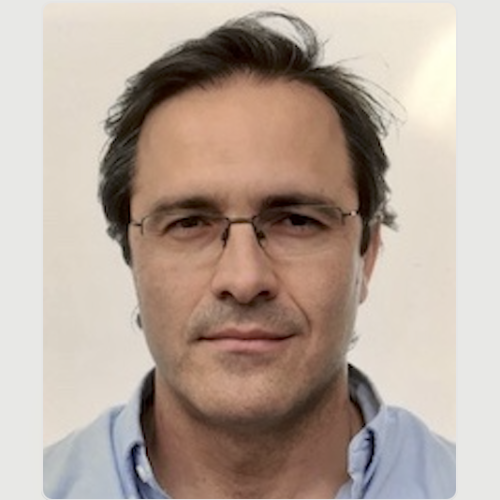
Aurelio Francisco
Malo Valenzuela
Profesor/a Ayudante Doctor/a
Departamento: Ciencias de la Vida
Área: Ecología
Grupo de investigación: Ecología del Cambio Global y Evolución ; Global Change Ecology and Evolution
Email: aurelio.malo@uah.es
Doctor por la Universidad Complutense de Madrid con la tesis Calidad reproductiva , caracteres sexuales secundarios y variabilidad genética en el ciervo ibérico (cervus elaphus hispanicus) 2005. Dirigida por Dr/a. Montserrat Gomendio, Dr/a. Eduardo Roldán Schuth.
I am a multidisciplinary biologist interested in evolutionary ecology and conservation. I trained in Zoology (BSc), physiology (Master in Research), evolutionary and molecular ecology (PhD), conservation genetics and population biology. I am a Senior Ramon y Cajal Researcher at the University of Alcalá (Spain) since January 2018 and an Honorary Lecturer at Imperial College London, where I run a long-term ecological experiment at Silwood Park Campus. I head GLOCEE (Global Change Ecology and Evolution Research Group), a high-research performance interdisciplinary team of 15 top researchers. I have been a Departmental Lecturer at Oxford, a Marie Curie fellow at Imperial College, (UK) and a Fulbright postdoctoral fellow at the Smithsonian Institution (Washington DC and Chicago). I have led my research group (7 PhDs, 43 Master students and 18 Undergraduate Thesis projects) and set up a landmark long-term ecological research study on rodents at Imperial College London, after which I set up another two LTER projects at the University of Oxford (Whytham Woods) and Alcalá (in Valdenazar Forest). I did my Ph.D. at Museo Nacional de Ciencias Naturales (CSIC) and my Masters in Research at Complutense University. I have held positions of academic responsibility at Oxford University (ranks 1st worldwide), being Examiner of Ecology and Evolution at Zoology, and part of Oxford Undergraduate Admissions team for 4 years. At the University of Alcala, I teach two compulsory undergraduate courses and I am one of the three members of the Doctoral Training Program Committee. The BBC (TV&radio) and other Media British and Spanish contact me frequently to discuss research. Through my multidisciplinary training at different organizational scales -genes organisms and populations- and my 15-year postdoc and lecturer experience, I have contributed to different areas of biology, emphasizing the new links between genetics, physiology, behaviour, and demography that an evolutionary approach demands. My research has contributed to sex-ratio theory by showing that males can bias offspring sex-ratio. I have also shown the ornamental role of the antlers (before only considered weapons) and shown variation in male fertility in wild populations. I showed that during energetic demanding states (pregnancy), thermogenesis is turned off. I have also unraveled the ecological mechanisms linking genetic variation with space use, and a strong association between plants and primary consumer density. My research was critical to change European agricultural policy, to allow wildcat persistence on mosaic habitats. Ecologists and conservation biologists face the challenge of preventing biodiversity losses and hence of predicting population trends of both, endangered and invasive species. Forecasting how environmental changes impact populations requires knowing how stochastic and deterministic forces interact to influence selection and population dynamics, as well as a better understanding of the effects of genetics on phenotypic traits; of these and spatial variation in demographic rates, and how these impact ecological interactions. My research identifies fitness-related traits contributing to fecundity or viability selection and disentangles the relative contributions of individual-, population-level and environmental drivers to population dynamics. 1) I use mammalian field and lab systems to help address these questions. 2) I have set up a monitoring study system for rodents to track individual trajectories, phenotype distributions, population level and environmental variation on population dynamics. The spatially-explicit approach this allows is rarely achieved in wild populations. 3) I also work on understanding the pathways through which environmental and individual-level factors, influence fitness components to identify trade-offs.





